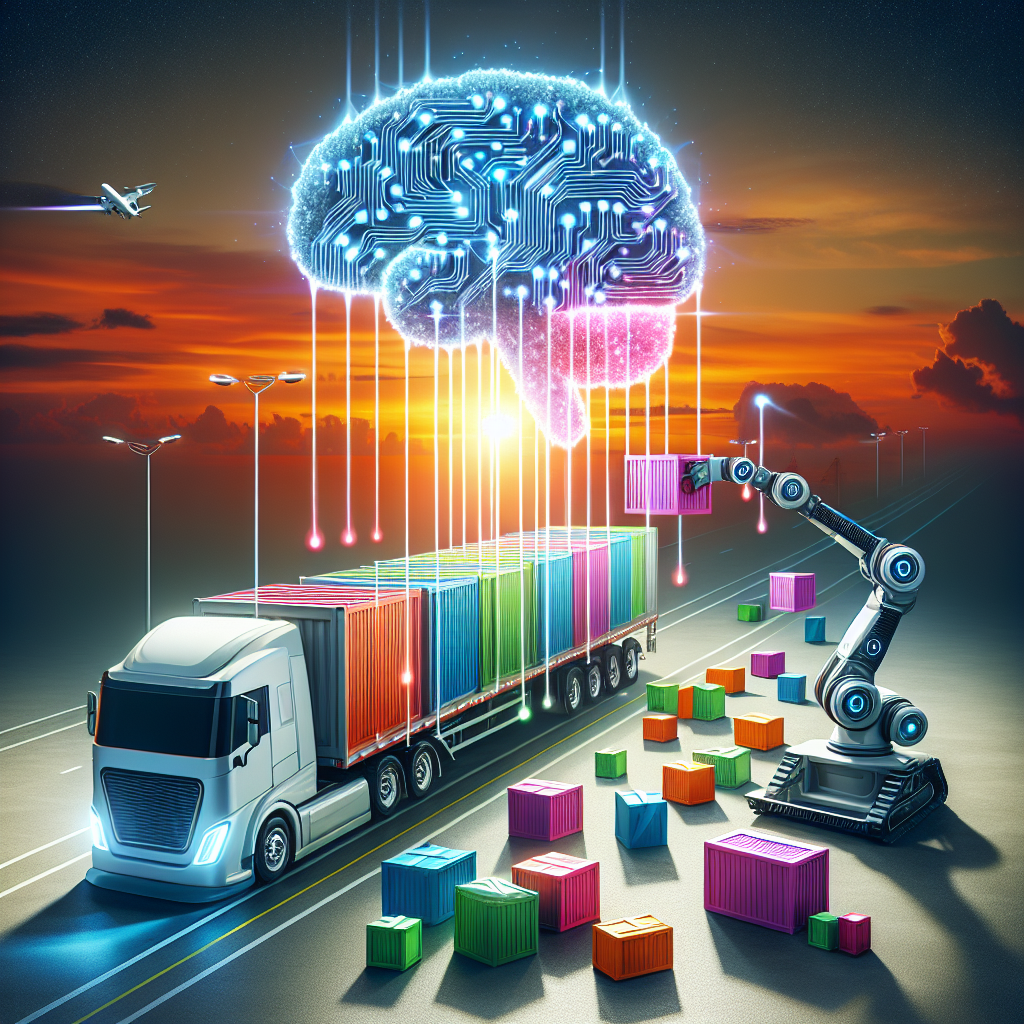In today’s fast-paced world, transportation plays a crucial role in ensuring the smooth movement of people and goods from one place to another. With the increasing demand for transportation services, it has become essential for companies to optimize their operations for efficiency and cost-effectiveness. One of the key challenges in transportation management is load balancing, which involves distributing the workload evenly across different resources to ensure maximum utilization and minimal downtime. Leveraging Artificial Intelligence (AI) technology can greatly improve load balancing in transportation, leading to better efficiency and cost savings.
AI in transportation management
AI is revolutionizing the transportation industry by providing advanced analytics and automation capabilities that can optimize various aspects of transportation management, including load balancing. AI algorithms can analyze large volumes of data in real-time to predict demand, optimize routes, and allocate resources more effectively. By leveraging AI, transportation companies can improve their operational efficiency, reduce costs, and enhance customer satisfaction.
Efficient load balancing with AI
In transportation management, load balancing is crucial for maximizing the utilization of resources, such as vehicles, drivers, and warehouses. Inefficient load balancing can lead to underutilization of resources, increased operational costs, and decreased customer satisfaction. AI can help address these challenges by providing intelligent algorithms that can dynamically adjust resource allocation based on real-time data and changing demand patterns.
One of the key benefits of leveraging AI for load balancing in transportation is its ability to optimize routes and schedules based on various factors, such as traffic conditions, weather forecasts, and customer preferences. AI algorithms can analyze historical data to predict demand patterns and optimize resource allocation to ensure that vehicles are fully utilized and deliveries are made on time. By optimizing routes and schedules, companies can reduce fuel consumption, minimize delivery times, and improve overall operational efficiency.
AI can also help transportation companies to dynamically adjust resource allocation in response to changing demand patterns. For example, AI algorithms can detect sudden spikes in demand and automatically reassign resources to meet the increased workload. By using AI for dynamic load balancing, companies can ensure that resources are allocated efficiently and effectively, leading to better service quality and customer satisfaction.
Another key advantage of leveraging AI for load balancing in transportation is its ability to optimize the use of alternative modes of transportation, such as trains, ships, and drones. AI algorithms can analyze various factors, such as cost, speed, and environmental impact, to determine the most efficient mode of transportation for each delivery. By using AI to optimize the use of alternative transportation modes, companies can reduce costs, improve delivery times, and minimize their environmental footprint.
Overall, AI can greatly enhance load balancing in transportation by providing intelligent algorithms that can optimize routes, schedules, and resource allocation. By leveraging AI technology, transportation companies can improve their operational efficiency, reduce costs, and enhance customer satisfaction.
FAQs
Q: How can AI improve load balancing in transportation?
A: AI can improve load balancing in transportation by providing intelligent algorithms that can optimize routes, schedules, and resource allocation based on real-time data and changing demand patterns. AI technology can analyze large volumes of data to predict demand, optimize resource allocation, and dynamically adjust resource allocation in response to changing demand patterns.
Q: What are the benefits of leveraging AI for load balancing in transportation?
A: The benefits of leveraging AI for load balancing in transportation include improved operational efficiency, reduced costs, and enhanced customer satisfaction. AI technology can optimize routes and schedules, dynamically adjust resource allocation, and optimize the use of alternative transportation modes, leading to better service quality and cost savings.
Q: How can transportation companies implement AI for load balancing?
A: Transportation companies can implement AI for load balancing by investing in AI technology, training their employees on how to use AI algorithms, and integrating AI into their existing transportation management systems. By leveraging AI technology, transportation companies can improve their operational efficiency, reduce costs, and enhance customer satisfaction.
Q: What are some examples of AI applications in load balancing in transportation?
A: Some examples of AI applications in load balancing in transportation include route optimization, demand prediction, resource allocation, and dynamic scheduling. AI algorithms can analyze historical data to predict demand patterns, optimize routes and schedules, and dynamically adjust resource allocation to ensure maximum utilization of resources.
Q: How can AI help transportation companies optimize the use of alternative transportation modes?
A: AI can help transportation companies optimize the use of alternative transportation modes by analyzing various factors, such as cost, speed, and environmental impact, to determine the most efficient mode of transportation for each delivery. By leveraging AI technology, transportation companies can reduce costs, improve delivery times, and minimize their environmental footprint.

